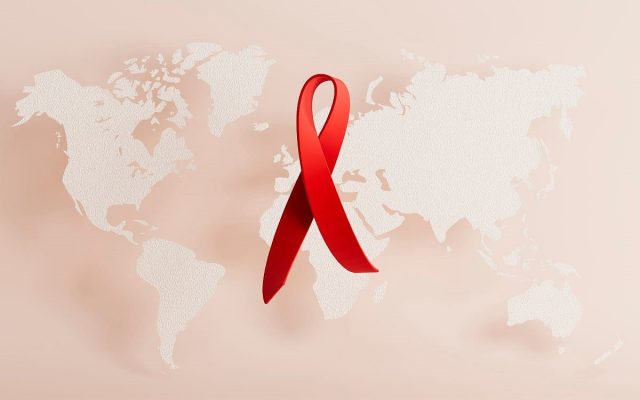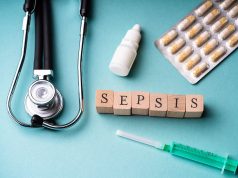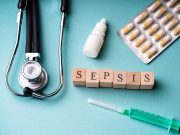Greatest effects expected in countries with higher percentage of international funding, with increasing incidence of HIV in key populations
By Elana Gotkine HealthDay Reporter
THURSDAY, March 27, 2025 (HealthDay News) — Funding reductions could reverse progress in the HIV response by 2030, with the greatest effects anticipated in countries with a higher percentage of international funding and with increasing incidence of HIV, according to a study published online March 26 in The Lancet HIV.
Debra ten Brink, M.D., from the Burnet Institute in Australia, and colleagues used 26 country-validated Optima HIV models to examine the potential impact of funding reductions on HIV incidence and mortality through mathematical modeling. HIV incidence and mortality were projected across 2025 to 2030 for a status quo scenario (continuation of most recent HIV spending) and four additional scenarios reflecting anticipated international aid reductions for HIV prevention and testing plus additional effects from immediate discontinuation of the President’s Emergency Fund for AIDS Relief (PEPFAR) support.
The researchers found that an anticipated 24 percent weighted average of international aid reductions plus discontinued PEPFAR support could result in an additional 4.43 to 10.75 million new HIV infections and 0.77 to 2.93 million HIV-related deaths from 2025 to 2030 (compared with the status quo) across all low-income and middle-income countries. These numbers reduced to 0.07 to 1.73 million additional new HIV infections and 0.005 to 0.061 million HIV-related deaths if PEPFAR support could be reinstated or recovered. Countries with a higher percentage of international funding had the greatest effects, as did those with an increasing incidence of HIV among key populations.
“The temporary suspension of U.S. Government support combined with other anticipated reductions in international aid for HIV presents an inflection point, compelling the global health community to reassess sustainable financing strategies of the HIV response,” the authors write.
Editorial (subscription or payment may be required)
Copyright © 2025 HealthDay. All rights reserved.



















